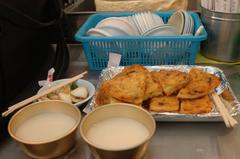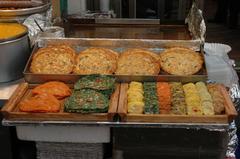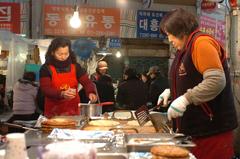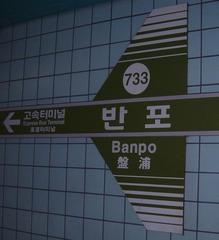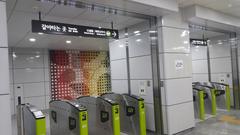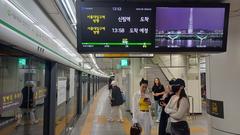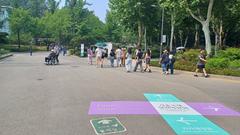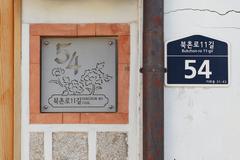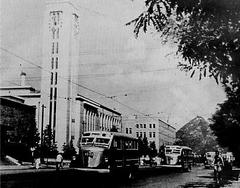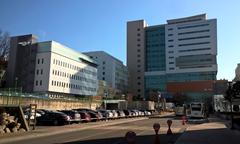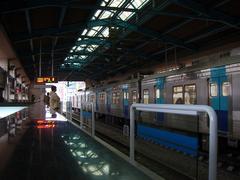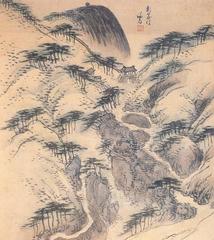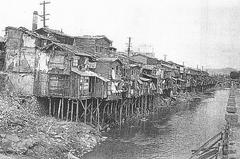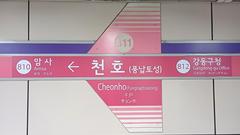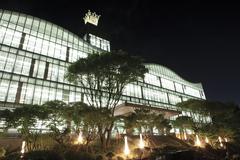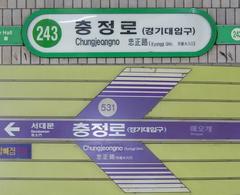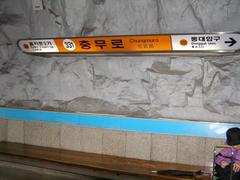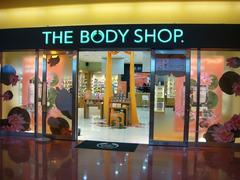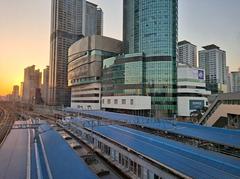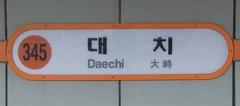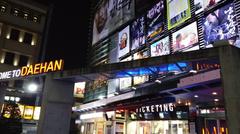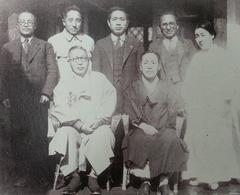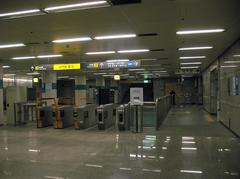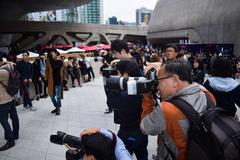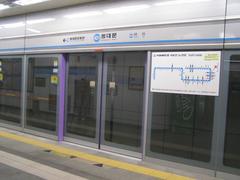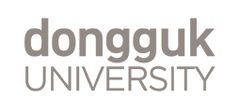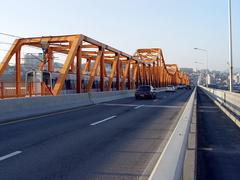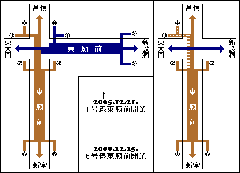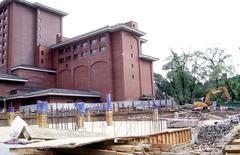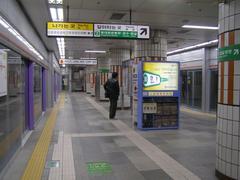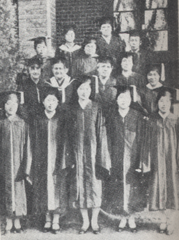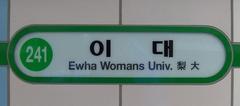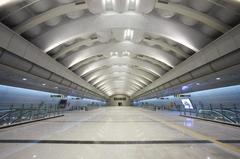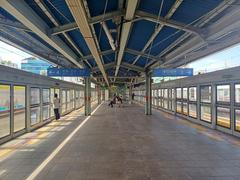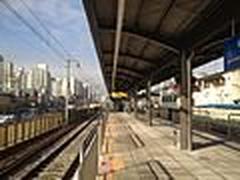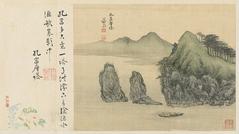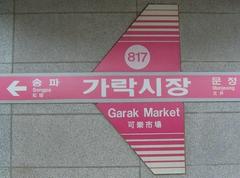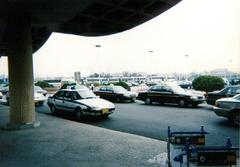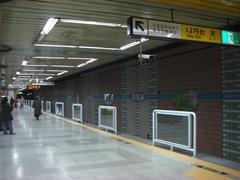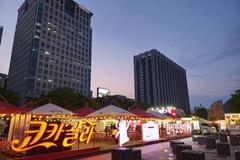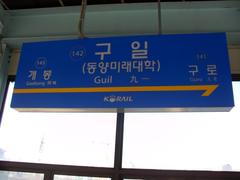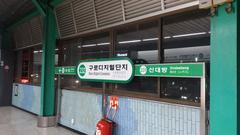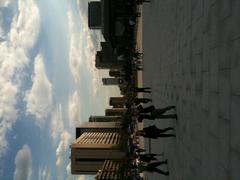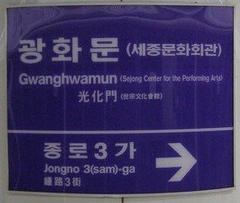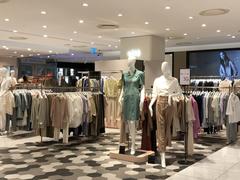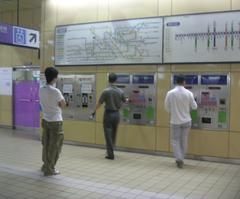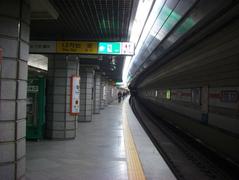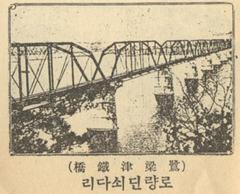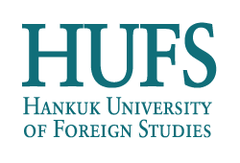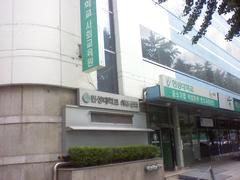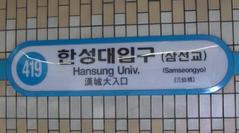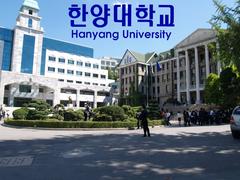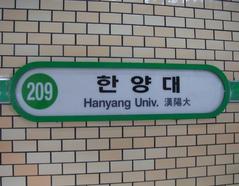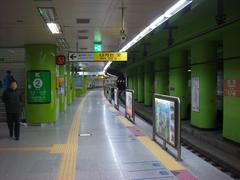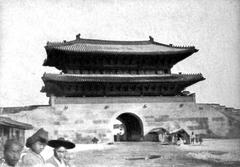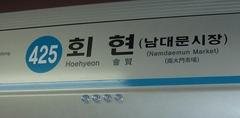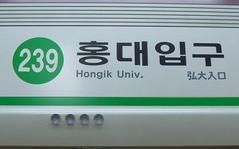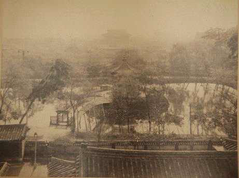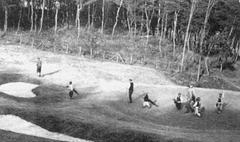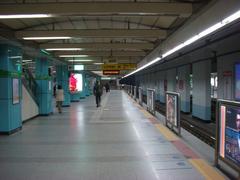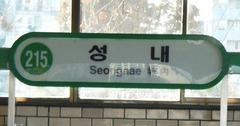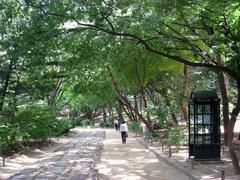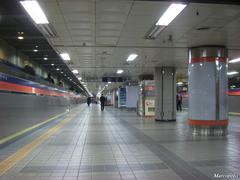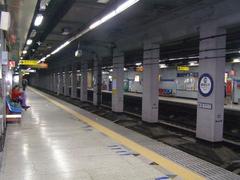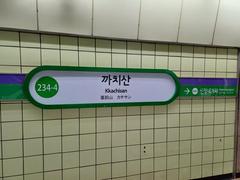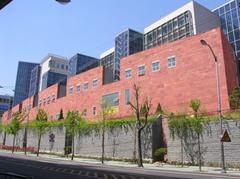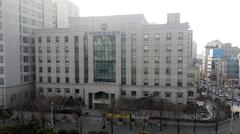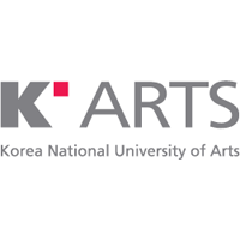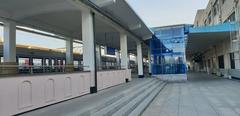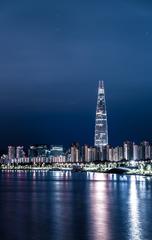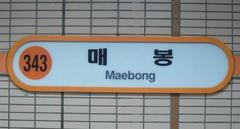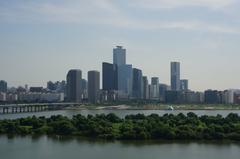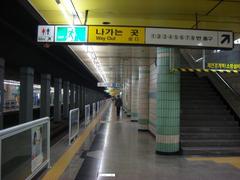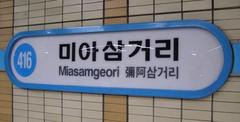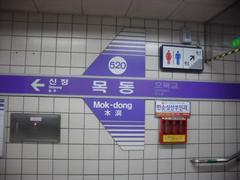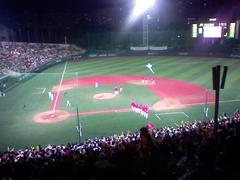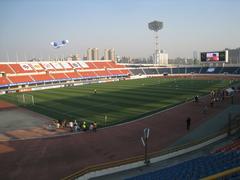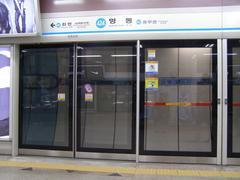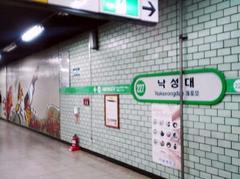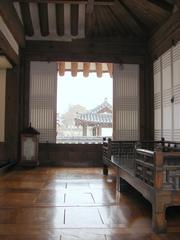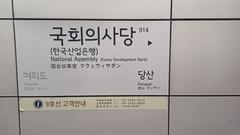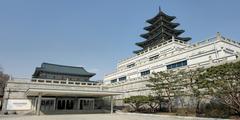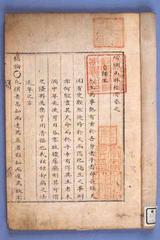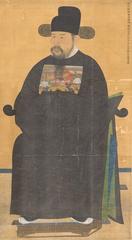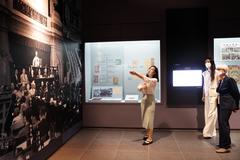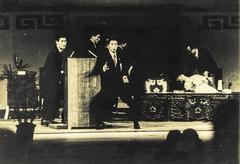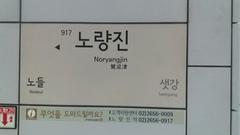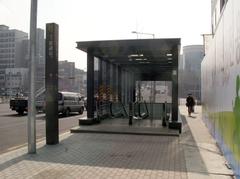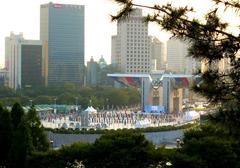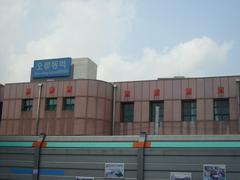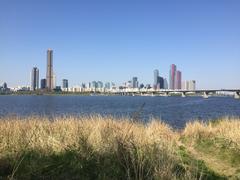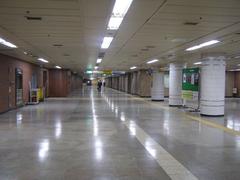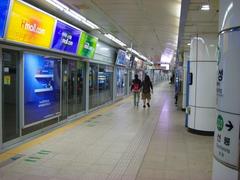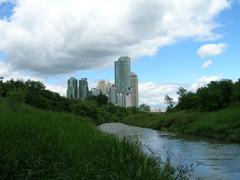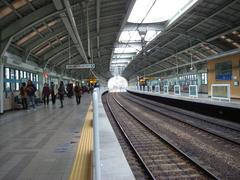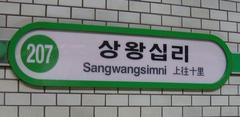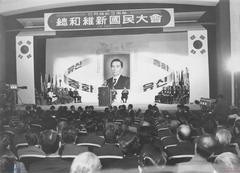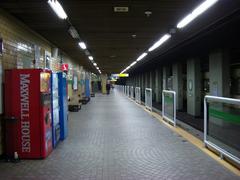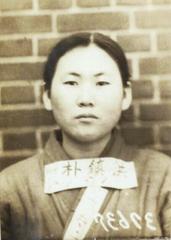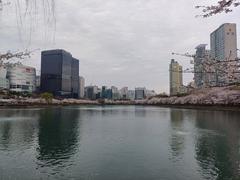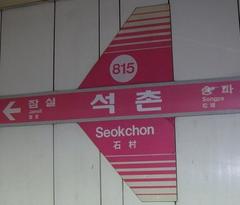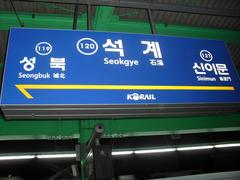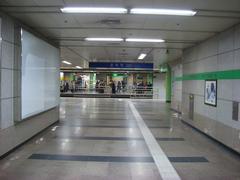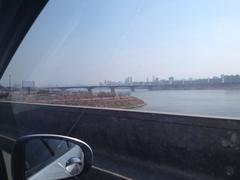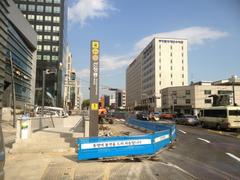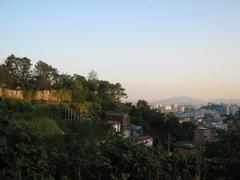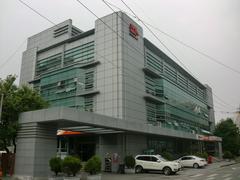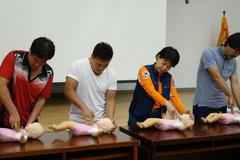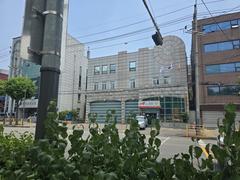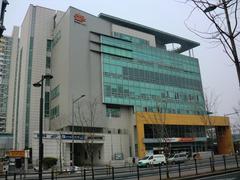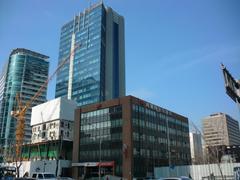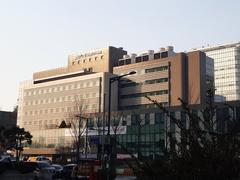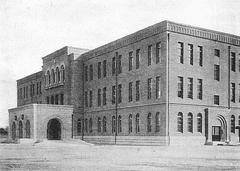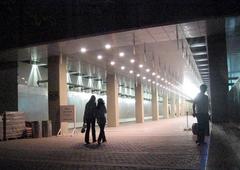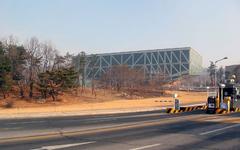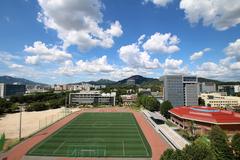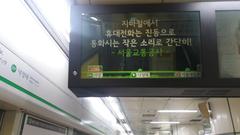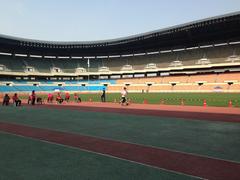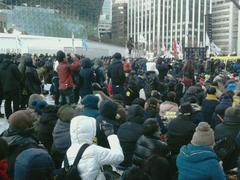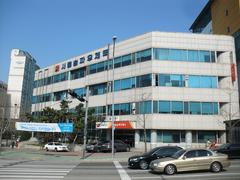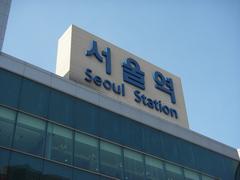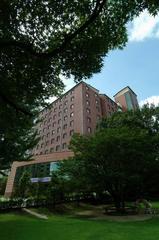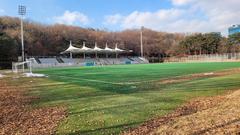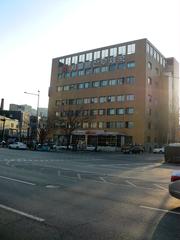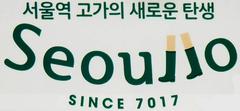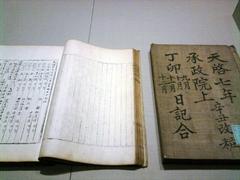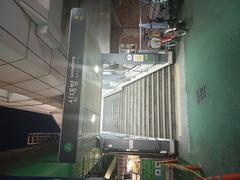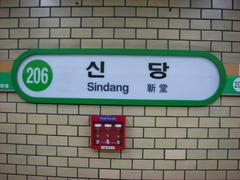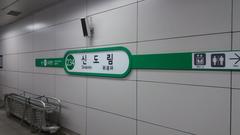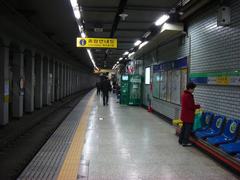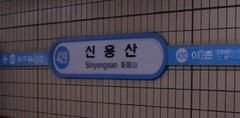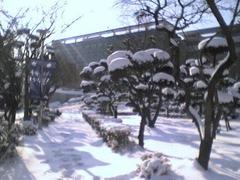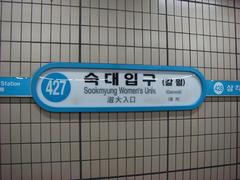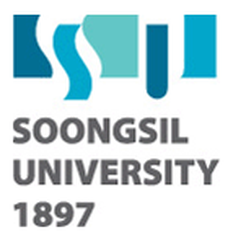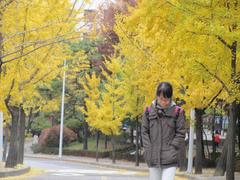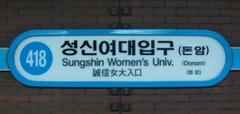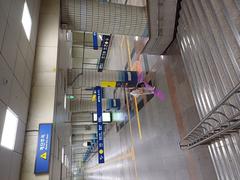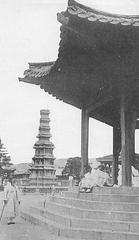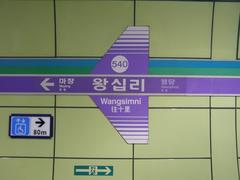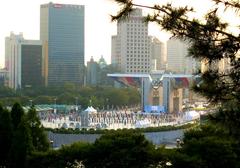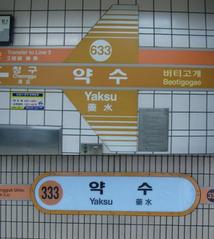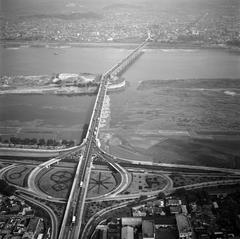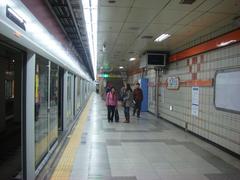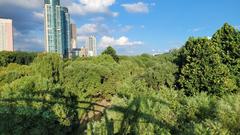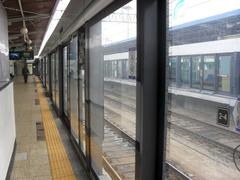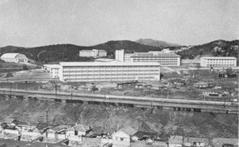
Comprehensive Guide to Visiting Gwangjang Market, Seoul, South Korea
Publishing Date: 17/07/2024
Introduction to Gwangjang Market
Gwangjang Market, nestled in the heart of Seoul, South Korea, is a cornerstone of the city’s cultural and economic life. Established in 1905, Gwangjang Market is one of the oldest and most traditional markets in Seoul, embodying the spirit and resilience of the Korean people (Visit Korea). Initially set up during the Korean Empire period to provide a stable and reliable venue for merchants, the market has grown to become a bustling hub for commerce, culture, and gastronomy. From its strategic location near the Cheonggyecheon Stream, Gwangjang Market has weathered political upheavals and economic transformations, solidifying its place in Seoul’s heritage (Seoul Metropolitan Government).
What sets Gwangjang Market apart is not just its extensive array of products—from textiles and clothing to street food and household goods—but also its deep-rooted cultural significance. Visitors can experience authentic Korean cuisine, including renowned dishes such as bindaetteok (mung bean pancakes) and mayak gimbap (mini seaweed rice rolls), which serve as culinary time capsules of Korea’s rich gastronomic history (CNN Travel). Furthermore, the market’s vibrant atmosphere, characterized by narrow alleys and bustling stalls, offers a unique glimpse into traditional Korean life and community spirit. As a dynamic entity, Gwangjang Market continues to adapt to modern challenges, ensuring its relevance and vibrancy for future generations (Korea Tourism Organization).
Table of Contents
- [Origins and Establishment](#origins-and-establishmentorigins-and-establishment)
- [Growth and Development](#growth-and-developmentgrowth-and-development)
- [Modernization and Preservation](#modernization-and-preservationmodernization-and-preservation)
- [Visiting Hours and Ticket Information](#visiting-hours-and-ticket-informationvisiting-hours-and-ticket-information)
- [Travel Tips and Nearby Attractions](#travel-tips-and-nearby-attractionstravel-tips-and-nearby-attractions)
- [Cultural Significance](#cultural-significancecultural-significance)
- [Economic Impact](#economic-impacteconomic-impact)
- [Challenges and Future Prospects](#challenges-and-future-prospectschallenges-and-future-prospects)
- [FAQ](#faqfaq)
Origins and Establishment
Gwangjang Market, one of the oldest and most traditional markets in Seoul, South Korea, has a rich history that dates back to the early 20th century. The market was officially established in 1905 during the Korean Empire period, a time when Korea was undergoing significant social and economic changes. The market was initially created to provide a stable and reliable place for merchants to sell their goods, as many markets at the time were temporary and often disrupted by political instability.
The name “Gwangjang” itself is derived from the combination of two words - “Gwang” meaning “wide” and “Jang” meaning “marketplace.” This name reflects the founders’ vision of creating a vast and bustling marketplace that could serve as a central hub for commerce in Seoul. The market was strategically located near the Cheonggyecheon Stream, which was a vital waterway for transportation and trade (Visit Korea).
Growth and Development
During the Japanese occupation of Korea (1910-1945), Gwangjang Market continued to grow and develop despite the challenging political climate. The market became a crucial center for the distribution of goods, including textiles, agricultural products, and seafood. The market’s strategic location and the entrepreneurial spirit of its merchants allowed it to thrive even during difficult times.
In the post-Korean War era, Gwangjang Market played a significant role in the country’s economic recovery. The market became a hub for the textile industry, with numerous shops and stalls selling fabrics, clothing, and traditional Korean hanbok. This period saw a significant increase in the number of vendors and customers, solidifying Gwangjang Market’s reputation as a key commercial center in Seoul (Seoul Metropolitan Government).
Modernization and Preservation
As South Korea underwent rapid industrialization and modernization in the latter half of the 20th century, Gwangjang Market faced new challenges and opportunities. The market had to adapt to changing consumer preferences and the rise of modern retail formats such as department stores and supermarkets. Despite these challenges, Gwangjang Market managed to retain its traditional charm and continued to attract both locals and tourists.
In recent years, efforts have been made to preserve the market’s historical and cultural significance. The Seoul Metropolitan Government has implemented various initiatives to support traditional markets like Gwangjang, including infrastructure improvements, marketing campaigns, and events to promote traditional Korean culture. These efforts have helped to ensure that Gwangjang Market remains a vibrant and essential part of Seoul’s cultural and economic landscape (Korea Tourism Organization).
Visiting Hours and Ticket Information
Gwangjang Market is open daily, with most shops operating from 9 AM to 6 PM, while food stalls typically stay open until much later, some even until midnight. There is no entry fee to visit Gwangjang Market, making it an accessible destination for all visitors. However, it is advisable to bring cash, as many vendors may not accept credit cards.
Travel Tips and Nearby Attractions
When planning your visit to Gwangjang Market, consider these travel tips:
- Getting There: The market is conveniently located near Jongno 5-ga Station (Line 1) and Euljiro 4-ga Station (Lines 2 and 5), making it easily accessible by public transport.
- Best Time to Visit: While the market is lively throughout the day, visiting in the late afternoon to evening can provide the best experience for trying various street foods.
- Nearby Attractions: After exploring Gwangjang Market, you can visit other nearby historical sites such as Bukchon Hanok Village, Changdeokgung Palace, and the Dongdaemun Design Plaza.
Cultural Significance
Gwangjang Market is not just a place for commerce; it is also a cultural landmark that reflects the history and traditions of Seoul. The market is renowned for its diverse array of street food, offering visitors a chance to experience authentic Korean cuisine. Popular dishes include bindaetteok (mung bean pancakes), mayak gimbap (mini seaweed rice rolls), and tteokbokki (spicy rice cakes). The market’s food stalls are a testament to Korea’s rich culinary heritage and have become a major attraction for both domestic and international tourists (CNN Travel).
In addition to its culinary offerings, Gwangjang Market is also known for its vibrant atmosphere and the sense of community among its vendors and customers. The market’s narrow alleys and bustling stalls create a unique and lively environment that captures the essence of traditional Korean markets. This sense of community and tradition is a key part of Gwangjang Market’s enduring appeal.
Economic Impact
Gwangjang Market continues to play a vital role in Seoul’s economy. The market is home to over 5,000 shops and stalls, providing employment and livelihood for thousands of people. The market’s diverse range of products, from textiles and clothing to food and household goods, attracts a wide variety of customers, contributing to the local economy.
The market’s popularity among tourists has also had a positive economic impact. Gwangjang Market is a must-visit destination for many visitors to Seoul, and the influx of tourists has helped to boost sales and support local businesses. The market’s success has also inspired the revitalization of other traditional markets in Seoul, contributing to the preservation of Korea’s cultural heritage (Korea JoongAng Daily).
Challenges and Future Prospects
Despite its many successes, Gwangjang Market faces ongoing challenges. The rise of online shopping and modern retail formats continues to pose a threat to traditional markets. Additionally, the market must navigate the impacts of global events such as the COVID-19 pandemic, which has affected tourism and foot traffic.
However, Gwangjang Market’s resilience and adaptability give it a promising future. Continued efforts to preserve and promote the market’s unique cultural and historical value, combined with innovative approaches to attract new customers, will be key to its ongoing success. The market’s ability to blend tradition with modernity ensures that it will remain a beloved and essential part of Seoul for years to come (The Korea Herald).
FAQ
Q: What are the visiting hours for Gwangjang Market? A: Gwangjang Market is open daily, with most shops operating from 9 AM to 6 PM, while food stalls typically stay open until midnight.
Q: Do I need to purchase tickets to enter Gwangjang Market? A: No, there is no entry fee to visit Gwangjang Market.
Q: How can I get to Gwangjang Market? A: The market is conveniently located near Jongno 5-ga Station (Line 1) and Euljiro 4-ga Station (Lines 2 and 5), making it easily accessible by public transport.
Q: What are some must-try foods at Gwangjang Market? A: Popular dishes include bindaetteok (mung bean pancakes), mayak gimbap (mini seaweed rice rolls), and tteokbokki (spicy rice cakes).
Q: Are there any nearby attractions to visit after Gwangjang Market? A: Yes, other nearby historical sites include Bukchon Hanok Village, Changdeokgung Palace, and the Dongdaemun Design Plaza.
Summary and Final Thoughts
Gwangjang Market stands as a testament to Seoul’s rich cultural heritage and economic dynamism. Its enduring appeal lies in its ability to seamlessly blend tradition with modernity, offering visitors an unparalleled experience of Korean culture, history, and cuisine. Despite facing challenges from modern retail formats and global events like the COVID-19 pandemic, Gwangjang Market’s resilience and adaptive strategies underscore its significance as a cultural and economic landmark (Korea JoongAng Daily).
As a thriving marketplace, Gwangjang Market not only supports thousands of vendors and artisans but also attracts a diverse array of visitors, from locals to international tourists. Its vibrant atmosphere, rich historical context, and culinary delights make it a must-visit destination in Seoul. Efforts by the Seoul Metropolitan Government and various cultural organizations ensure that the market retains its traditional charm while adapting to contemporary needs, thereby securing its place in Seoul’s cultural and economic landscape for years to come (The Korea Herald).
For those planning to explore this iconic market, the experience promises to be both enriching and unforgettable. Whether you’re savoring traditional Korean street food, shopping for unique textiles, or simply soaking in the vibrant atmosphere, Gwangjang Market offers a rich tapestry of experiences that reflect the heart and soul of Seoul.
Citations and Further Reading
- Visit Korea, n.d., Korea Tourism Organization https://english.visitkorea.or.kr/enu/ATR/SI_EN_3_1_1_1.jsp?cid=264348
- Seoul Metropolitan Government, n.d., Seoul Metropolitan Government http://english.seoul.go.kr/life-information/culture/culture-information/1-gwangjang-market/
- Korea Tourism Organization, n.d., Korea Tourism Organization https://english.visitkorea.or.kr/enu/SH/SH_EN_7_2.jsp?cid=2737606
- CNN Travel, 2021, CNN https://edition.cnn.com/travel/article/seoul-gwangjang-market/index.html
- Korea JoongAng Daily, 2021, Korea JoongAng Daily https://koreajoongangdaily.joins.com/2021/10/01/culture/foodTravel/Gwangjang-Market-Seoul-Korea/20211001170000400.html
- The Korea Herald, 2021, The Korea Herald http://www.koreaherald.com/view.php?ud=20211001000500


